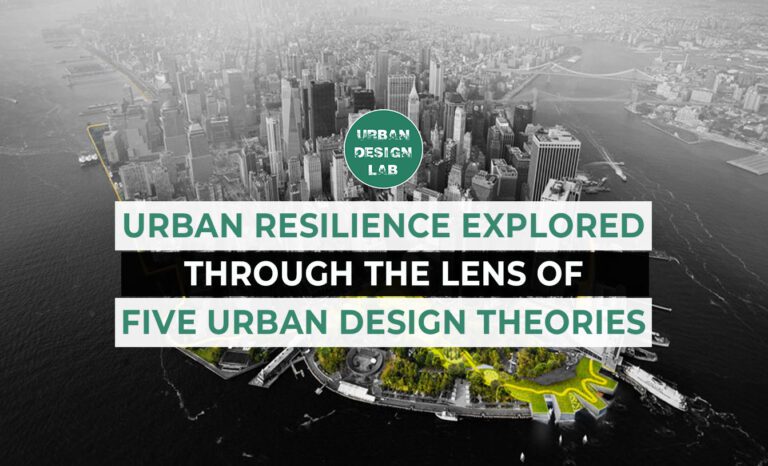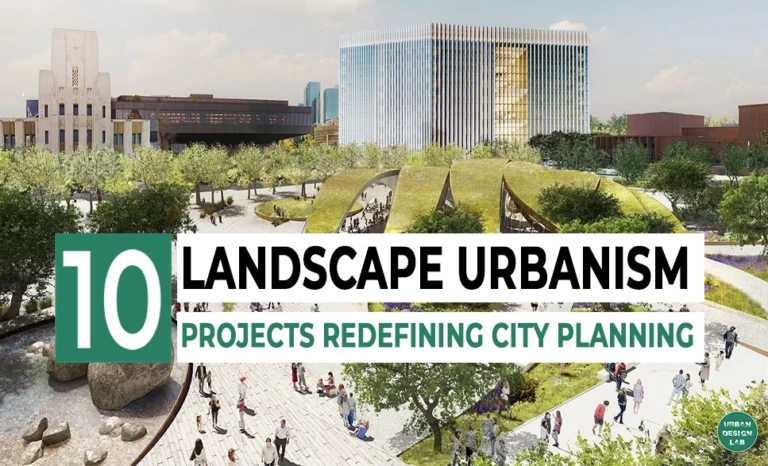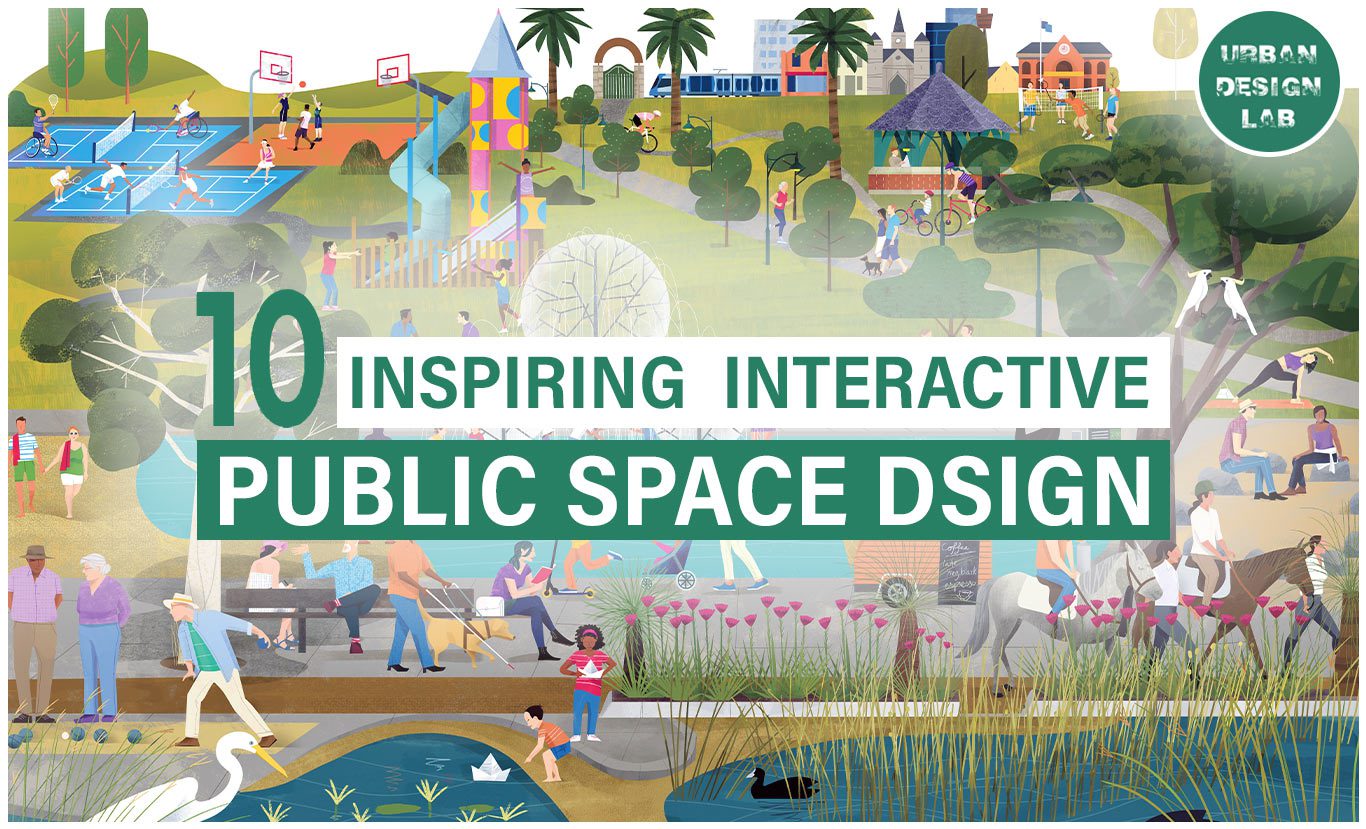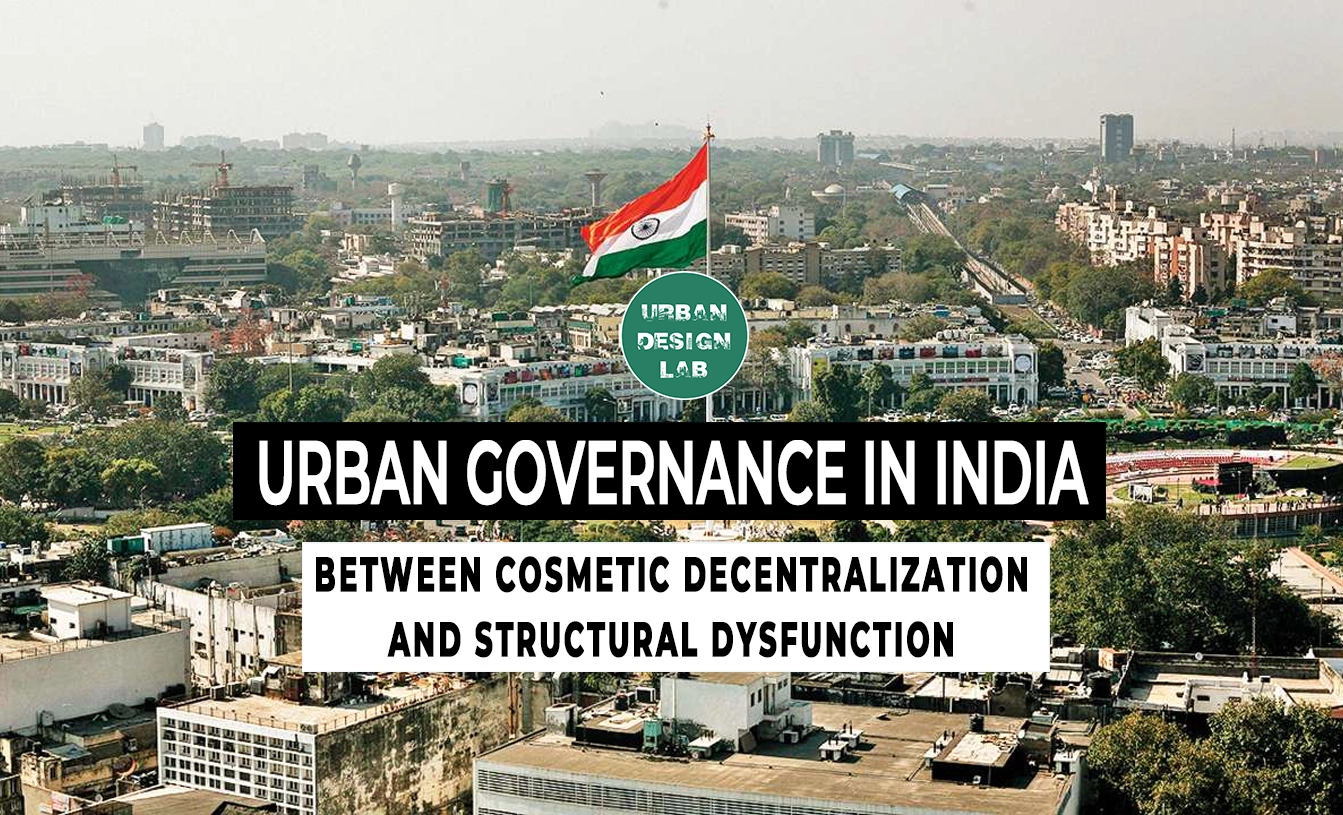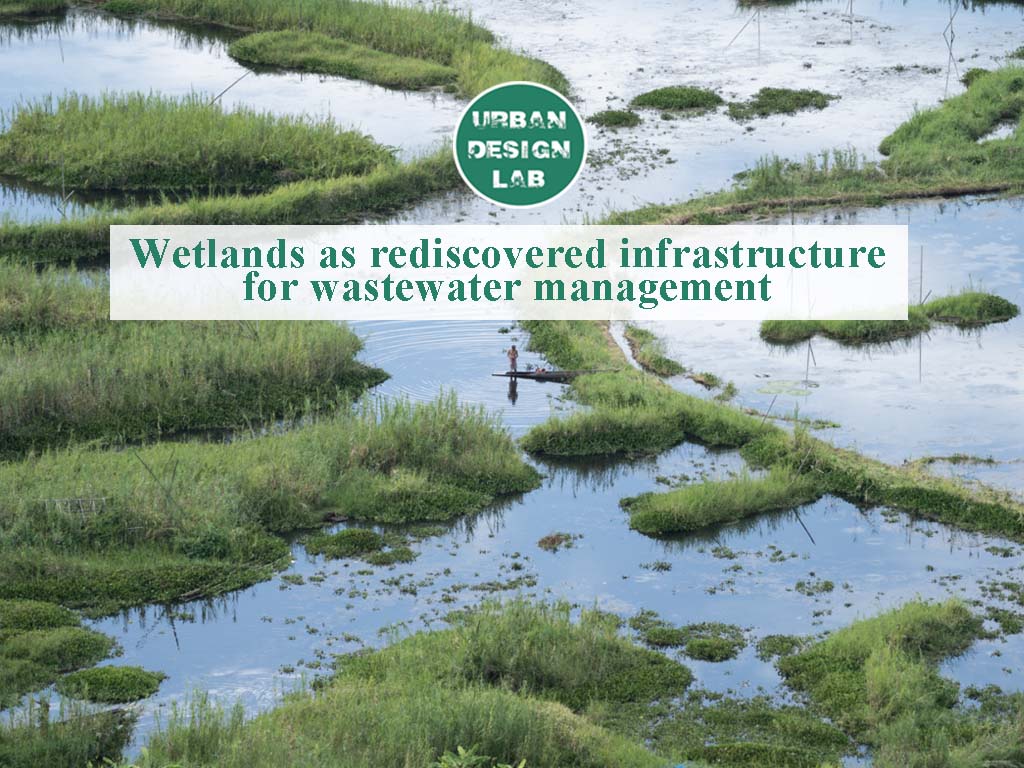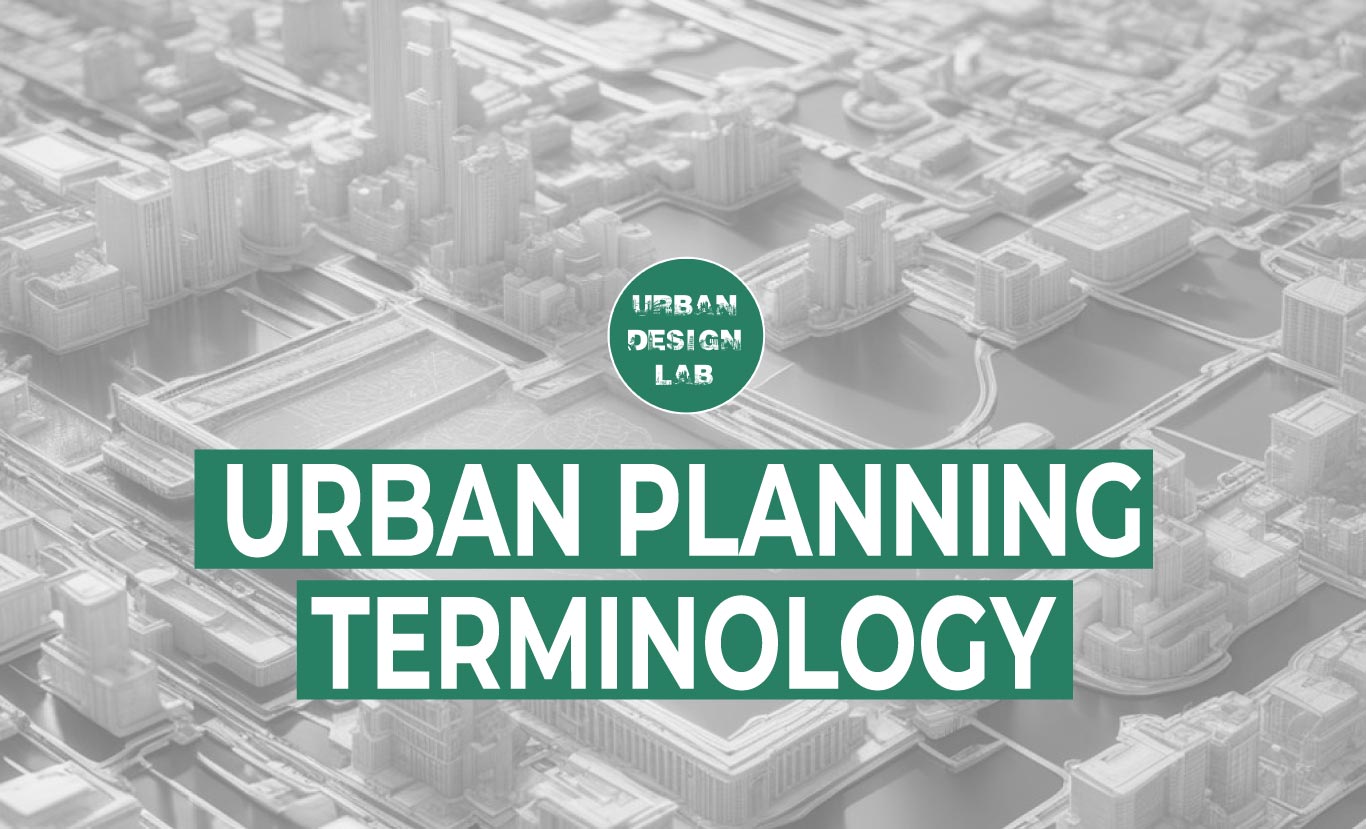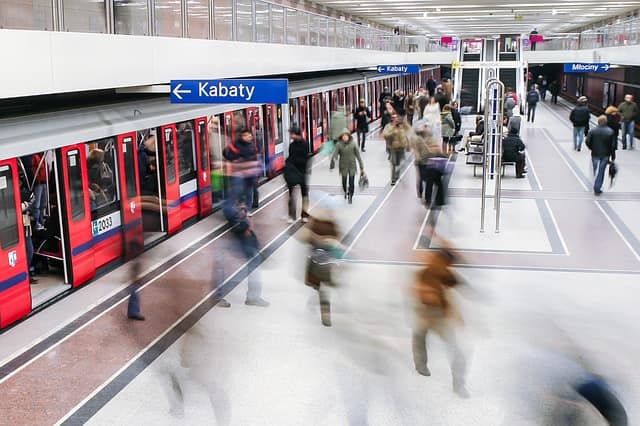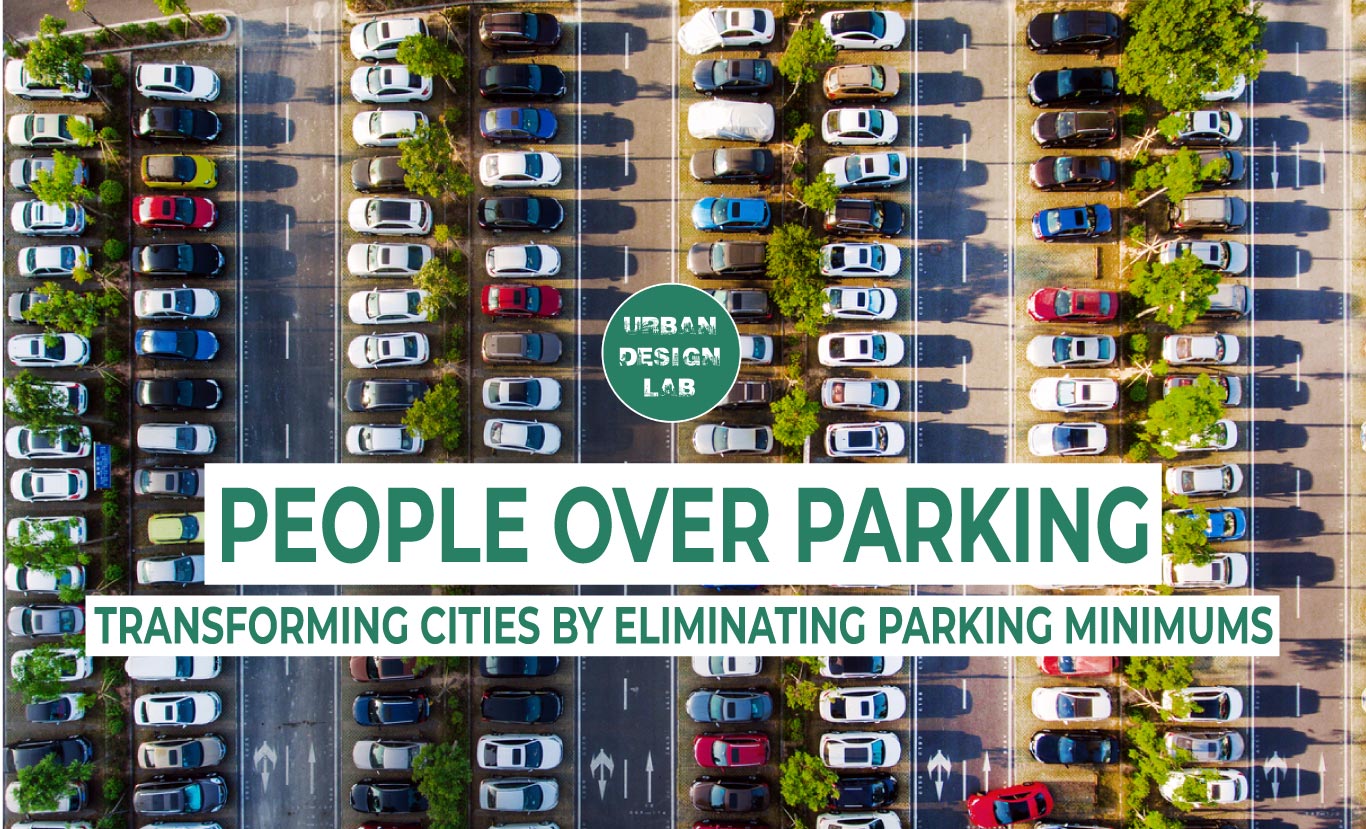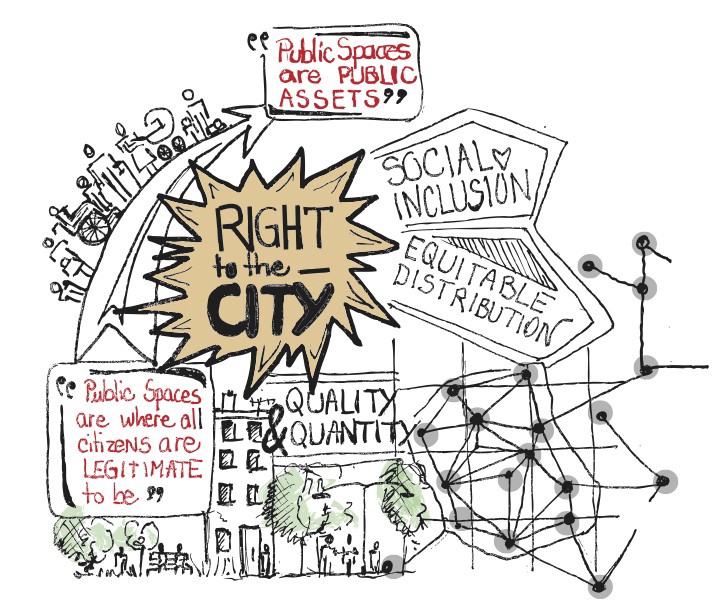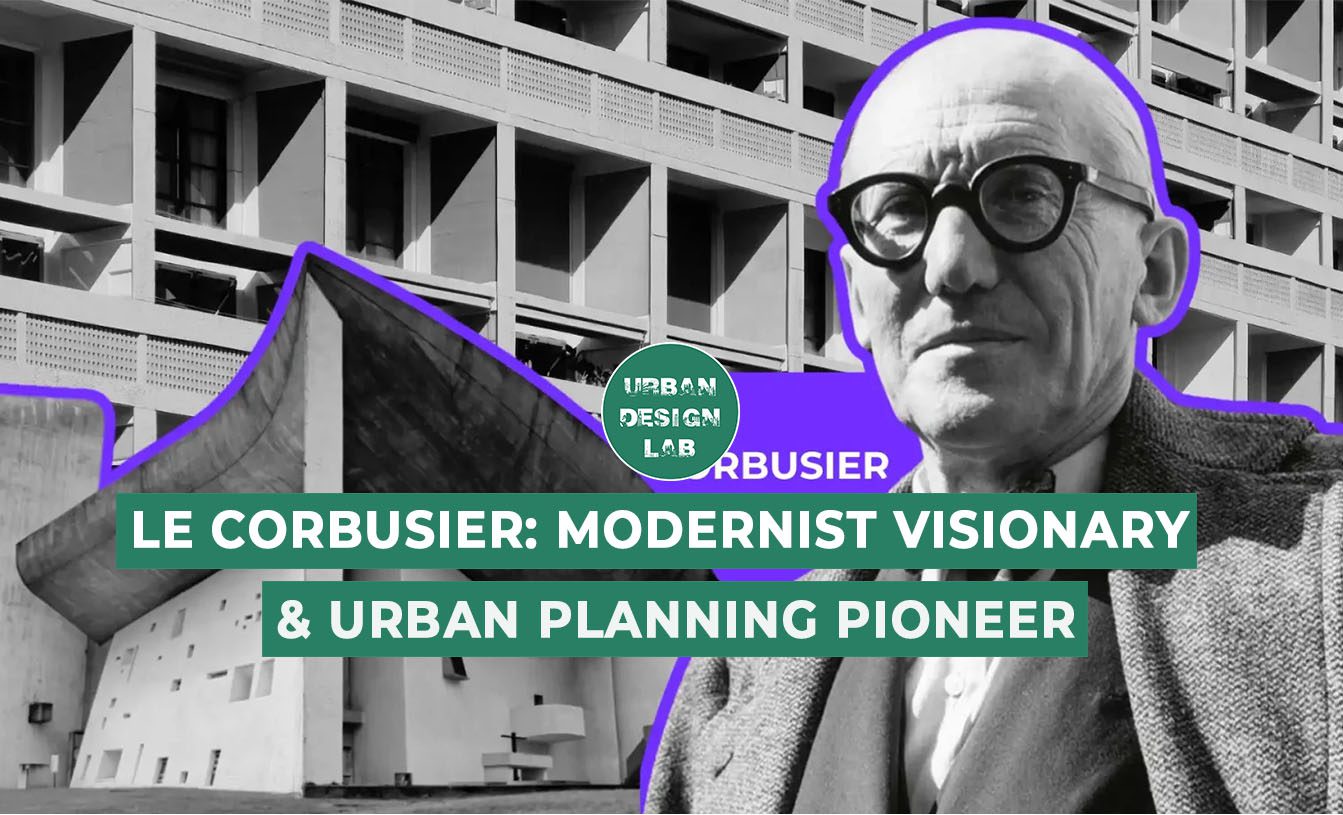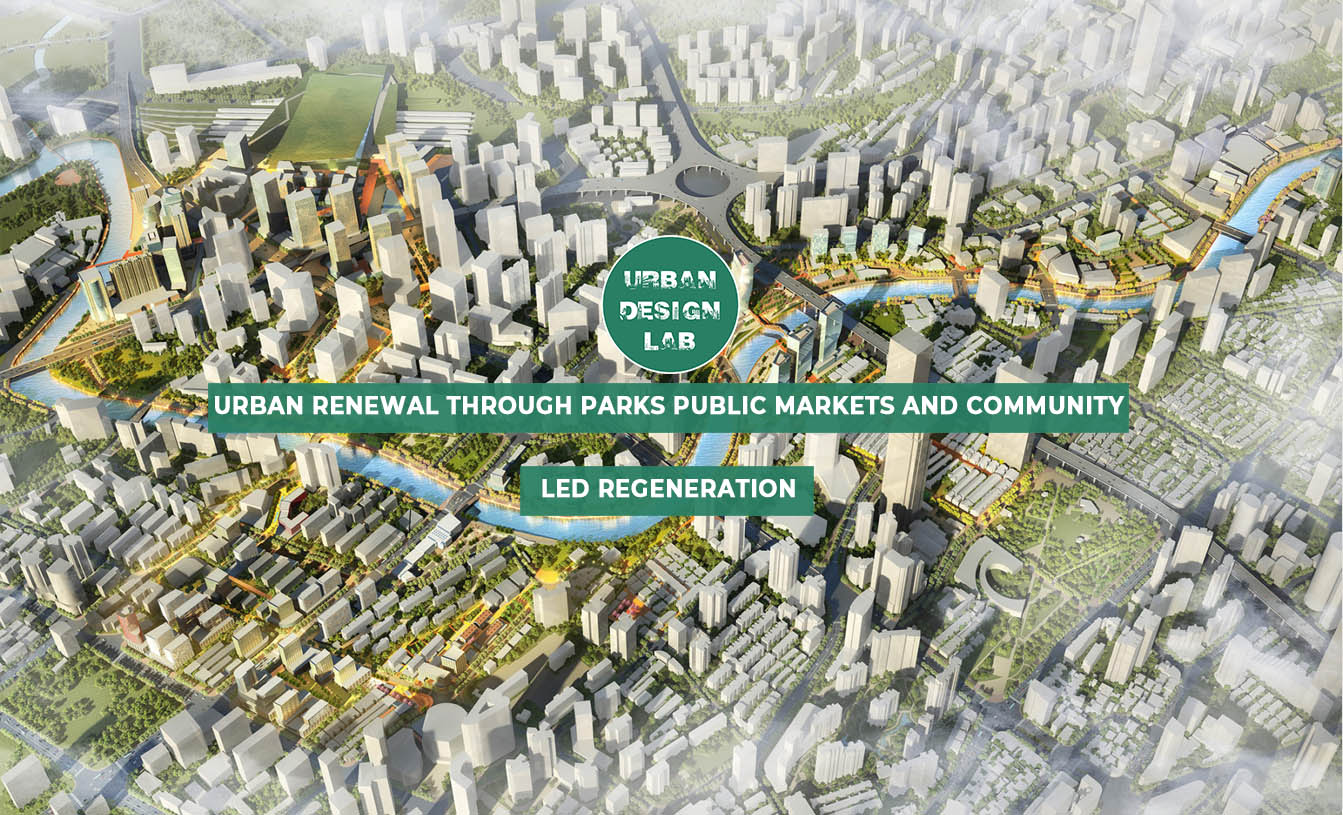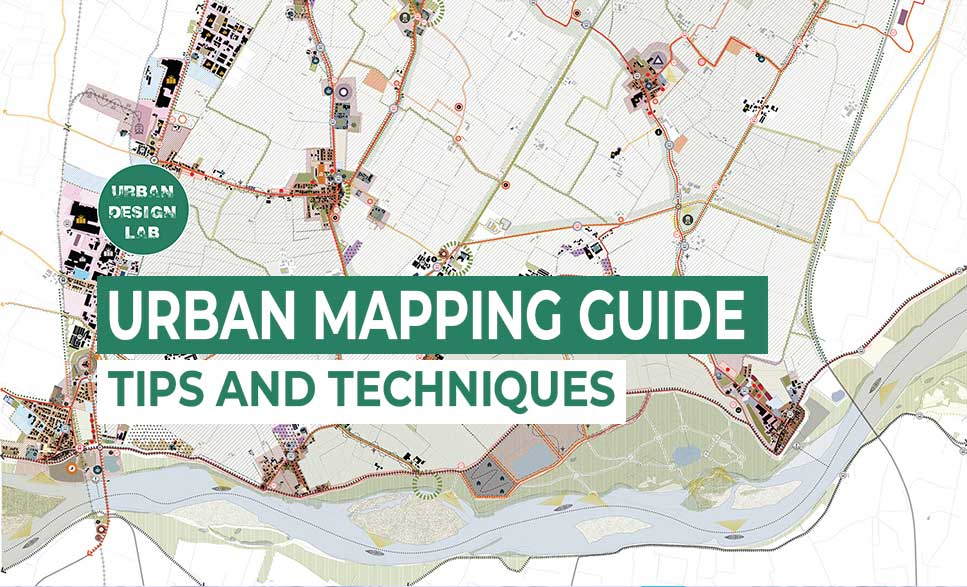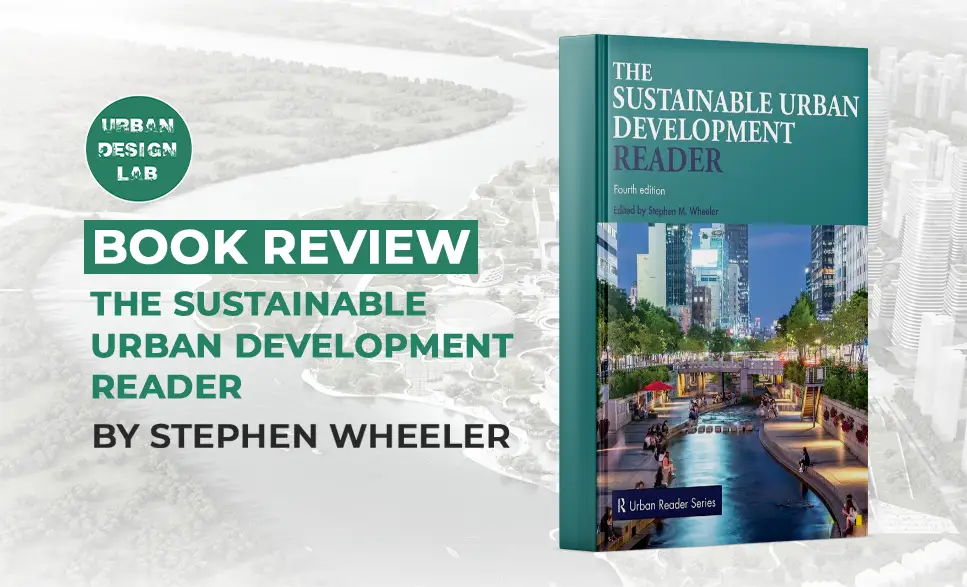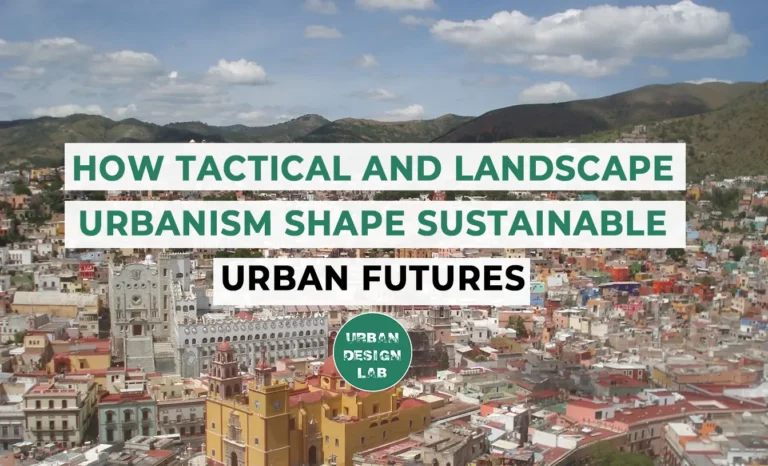
Rejuvenating Public Spaces with Landscape Design

Landscape Design
Landscape architecture is increasingly becoming an important discipline in the planning and design of many major cities around the world. To put it simply, landscape architecture involves the design and planning of outdoor areas. A good landscape design can provide social, environmental and aesthetic benefits to its users, by ensuring the nurturing of wildlife and reduction of water, soil and air pollution. Additionally, it aims to give its user groups a safe and healthy environment, by investigating the soil conditions and social and ecological context of the landscape .
The discipline itself is almost over a century old, and it flourished as a profession in the mid nineteenth century in the United States. At present, landscape architecture exists as a profession that is maintained by regulatory bodies in Europe, the United States, Australia, India, some parts of South America and New Zealand. Various institutions across the world offer degrees in landscape architecture, after which the professionals are required to acquire a license or registration to practice the profession.
Although the discipline’s origin can be traced back to the growth of the agricultural industry, landscape architecture gained prominence to seek solutions for the challenges caused by the advent of industrialization and urbanization. For any city or urban area, public spaces are a key element in ensuring public interaction and community engagement of the citizens. This is where landscape architecture plays a significant role.
Public Spaces in China

The importance of a good public space in cities of the Global South cannot be overstated. Rapid urbanization in cities of South Asia and South-East Asia is causing large numbers of urban population to become more and more dependent on air conditioned spaces, mobilities that require fossil fuels and infrastructures that are built using concrete. All of these activities are causing a hotter microclimate in cities, compared to areas in the periphery of cities. This is a matter of concern in a region which already experiences a hot and humid climate. In the near future, public spaces in urban areas will become more and more unsuitable for use, unless some adaptive measures are taken to control the climatic situation (Keeler et al., 2019; Nikolopoulou & Lykoudis, 2006).
In a historical city like Dhaka, public spaces have existed previously as a center for community engagement, trade and political practices. However, since the 1960s, due to urbanization, many open spaces of the city have been facing destruction. Due to the changing political and social context, the public spaces and landscapes are transformed and are no longer being utilized by the citizens in the ways they should be. To make matters worse, the rampant growth of urban sprawl is invading the green spaces of the city in a way that had not happened before.
Considering the necessity for public spaces and taking into account the threats they were under, in 2017 the Dhaka South City Corporation started the initiative to revitalize 19 parks and 12 playgrounds in the southern part of Dhaka city. The initiative was titled as জল সবুজে ঢাকা which roughly translates to ‘Covered with water and greenery’, referring to the two natural elements which make up a natural landscape. Although the project had a deadline of June 2018, four years later, only 65% of the project was completed. According to a newspaper report published in August 2020, DSCC had managed to complete reconstruction of only 3 playgrounds and 6 parks. The initial estimated budget of the project also increased by twofold.


Begum (2020) remarks in her research paper titled Reclaiming Public Open Space within the Shifting Landscape of Dhaka, Bangladesh, there is a growing necessity to analyze how Dhaka’s landscape is changing over time. And this can be done by reassessing the way the city’s public spaces and urbanization of natural landscapes connect with each other.
The City and its Landscape
In the development of a city, many of the tangible factors such as ecology and natural landscapes are ignored, while more focus is placed on economical and political conditions. This is malpractice that Dhaka has been a victim of as well. Since the 1960s, in the name of urbanization, the city has been unsystematically developed with no regard to the natural landscapes. In present times, urban planners and designers are also following the same trend of development. As a consequence to such poor planning decisions, public spaces of Dhaka city are either being neglected, or encroached, and overall not functioning as a space for community gathering and interactions. There is a shortage of fully functional public spaces, but the necessity for such spaces remains high among people of all ages and social classes.
Landscape Urbanism:
One way to possibly solve this complex urban situation can be done through landscape urbanism, which by definition is a transdisciplinary phenomenon. It is often considered as a post-modernist response to the unsuccessful urban design movement of New Urbanism, as well as an alternative approach to the innovations and requirements for modern architecture and urban design. It is based on the argument that the construction of a city is done through integrated horizontal field conditions that are ecologically rich, instead of a grouping of built forms on a landscape. It responds to complexities in urban conditions by taking into consideration water management, biodiversity, infrastructure and human activities.
For the casual readers who are unaware of this phenomenon, perhaps a reference to the most notable example of landscape urbanism may help them understand it better: The High Line in New York City. Constructed over a non-functioning elevated railway in West Manhattan, the park designed by Field Operations, DS+R and Piet Oudolf, was originally a linear raised structure made of steel that was built in the 1930s for freight trains. After an open competition was organized in 2003, in which the winning proposal consisted of a pathway that was half architecture and half agriculture, the infrastructure was converted into a public park.

Another great example of landscape urbanism is the Yokohama International Passenger Terminal by Foreign Office Architects, which easily transcends the boundaries of three separate domains: architecture, landscape and infrastructure. The terminal is constructed as a long-span structure made of steel and consists of arches, instead of a multi-storey building that is seen typically in most airport terminals. The terminal has been designed in such a way that it blends with the harbor of the city, and as a result of which, it functions as a space for the public.

But can a phenomenon like landscape urbanism be implemented in a city like Dhaka? Biswas and Hamada (2018) investigate this in their research paper ‘Landscape Urbanism as a Strategy for Integrating a Historical Site: Shishu Park and Suhrawardy Udyan, Dhaka’. In this research, the authors focus on one of the oldest amusement parks for children in Dhaka, Shishu Park, with a strategy that relies heavily on landscape urbanism. According to Biswas and Hamada (2018), landscape urbanism depends on context and the strategy behind it, as well as the planning strategy which merges a built form with the city fabric in a cohesive manner. With these considerations, their proposal for Shishu Park consists of six zones:
- A boundary, where proper distinction from surroundings can be made using greenery
- A history recalling belt, where visitors will learn about the region’s political history
- A cultural belt, where visitors will have recreational facilities such as hiking
- A knowledge belt, which will consist of displays and exhibitions informing visitors about the region’s history
- Spirit of Liberation, where the children will learn about the region’s culture, history and context
- A central green space for both children and adults.
Landscape design in contemporary architecture of Dhaka
In recent times, several contemporary architects and architectural practices based in Dhaka have taken up the challenge to work with landscape design in public spaces in Dhaka. Below are three such projects:
- Shomaj Biggyan Chattar at University of Dhaka by SthaNiK Consultants – A neglected piece of land was lying barren and unattended in the heart of the University of Dhaka campus. What made the area more significant is that it was surrounded by some notable buildings which played a key role in the institute’s history – the Central Library designed by pioneer of Bengali modern architecture, Muzharul Islam, the office for the University’s official student union, DUCSU, Modhur Canteen, which is closely associated with various political movements which took place in the University. SthaNiK Consultants’ design approach included turning the abandoned space into a meeting place where the users, who will mostly be students of the university, can congregate and ponder about life. The architects created topographical layers three feet above and below ground level, to give an impression of a landscape terrain. The design includes a reading area which functions as an extension of the Central Library, a space near the Central Mosque for the purpose of congregation, and an extended space which can serve as a discussion area near DUCSU and Modhur Canteen. The central part of the design intervention includes a sunken body of water, which reflects various nearby structures and offers an interplay of light and shade.

2. Landscape for BRAC-CDM, Rajendrapur by Syeda Tuhin Ara Karim and A S M Kamrul Islam & Associates: For this project, the team were tasked with the responsibility to design the landscape of a training centre and hotel located in the outskirts of Dhaka. Their primary concern lay in keeping all trees of the site intact and using a building material that fit well with the existing natural conditions.
With these considerations, the team designed the following:
- Anggina or Courtyard – This is a plinth constructed over a semi basement parking area, and can be accessed through a plaza from the western part of the site. The area offers a mini football ground, seating areas and perhaps the most eye-catching element of all – a large scale ludo and chess board.
- Butterfly Garden – As the name suggests, this space has been designed to attract butterflies. To increase the provision of butterflies, the team decided to establish this garden and also build a butterfly nest.
- Protibimbo or Reflection – This is a large reflecting pool, which is located opposite to the main courtyard. It includes fishing decks as well as two separate platforms for experiencing sunset and sunrise, respectively.
Toruddan or Forest:
This is an open space which can be used for multiple functions such as social gatherings, fairs or exhibitions, or even as a playing field. The area also includes a tree terrace, built against the support of two mahogany trees, which can be used as a watch tower by both adults and children of all ages.

Conclusion:
Public spaces are one of the most essential parts of a city. In fact, public spaces and urban life are two realms which are intrinsically linked together. The agora in ancient Greek cities, the classical Forum in ancient Rome or the traditional bazaars in ancient India are some great examples of the key roles they played as a center for public interaction and social, cultural and political practice. However, in a city like Dhaka, as well as in other major metropolises of the world, the nature and quality of these spaces have evolved over the years due to urbanization. Although ancient cities allowed opportunities for interaction among its citizens, modern cities fall behind in delivering that kind of possibility since modern city planning is more functionalist, and relies on land-use practices, disregarding the implications from a societal aspect. As a result of which, citizens of a modern city congregate in different parts of the city, as distinct user groups.
This is why using landscape design can be a major way of reviving public spaces of a city. Some of the basic elements implemented in reviving urban public spaces can be vegetation, urban furniture, artwork, a body of water or small constructions like pergolas, gazebos or even vending kiosks. By paying close attention to the context, ecology and environmental challenges and by maintaining biodiversity, landscape architects can provide sustainable solutions that can rejuvenate public spaces of cities that can help create healthy urban environments for the citizens. After all, public spaces are not just areas for social, political and commercial exchanges. They also give a sense of identity to the citizens by providing historical, social, political and cultural values to them. Hence, it is of greatest urgency to protect and regenerate these spaces.
References
Salma Begum, “Reclaiming Public Open Space within the Shifting Landscape of Dhaka, Bangladesh,” Civil Engineering and Architecture, Vol. 8, No. 6, pp. 1178 – 1193, 2020. DOI: 10.13189/cea.2020.080603.
Biswas, B & Hamada, Y, Landscape Urbanism as a Strategy for Integrating a Historical Site: Shishu Park and Suhrawardy Udyan, Dhaka, International Journal of Engineering and Innovative Technology (IJEIT) Volume 7, Issue 12, June 2018
‘Shomaj Biggyan Chattar’ at University of Dhaka: Transforming a ‘Non-Place’ Through ‘Architecture as Landscape’. (2018). Retrieved 9 July 2022, from https://contextbd.com/shomaj-biggyan-chattar-university-dhaka-transforming-non-place-architecture-landscape/
Mohith, A., & Karim, S. (2017). Hymn to Nature: Landscape for BRAC-CDM, Rajendrapur. Retrieved 9 July 2022, from https://contextbd.com/hymn-nature-landscape-brac-cdm-rajendrapur/
Sullivan, D. (2016). Landscape Architecture | WBDG – Whole Building Design Guide. Retrieved 9 July 2022, from https://www.wbdg.org/design-disciplines/landscape-architecture
Gray, C. (2011). Landscape Urbanism: Definitions & Trajectory. Retrieved 9 July 2022, from https://scenariojournal.com/article/landscape-urbanism/
Gintoff, V. (2016). 12 Projects that Explain Landscape Urbanism and How It’s Changing the Face of Cities. Retrieved 9 July 2022, from https://www.archdaily.com/784842/12-projects-that-show-how-landscape-urbanism-is-changing-the-face-of-cities
Architects, J. (2016). How Public Open Space Reactivates the City – Land8. Retrieved 9 July 2022, from https://land8.com/how-public-open-space-reactivates-the-city/
Hasan, R. (2020). Jol Shobuje Dhaka turns never-ending project | Daily Sun |. Retrieved 9 July 2022, from https://www.daily-sun.com/post/501075/Jol-Shobuje-Dhaka-turns-neverending-project
Farhat Afzal is an architect, working as an editor and writer in the field of architecture. She coordinates the academic program at Bengal Institute for Architecture, Landscapes and Settlements, where she is also the editor of its annual publication, Vas. She likes to engage in discussions involving colonialism and post colonial architecture in South Asia, and present her views through expository writings, which have been published in The Daily Star and New Age in Bangladesh. In her spare time, she enjoys photographing old buildings, documenting her reading habits on Instagram and blogging.
Related articles
UDL Illustrator
Masterclass
Visualising Urban and Architecture Diagrams
Session Dates
17th-18th January 2026

Urban Design Lab
Be the part of our Network
Stay updated on workshops, design tools, and calls for collaboration
Curating the best graduate thesis project globally!

Free E-Book
From thesis to Portfolio
A Guide to Convert Academic Work into a Professional Portfolio”
Recent Posts
- Article Posted:
- Article Posted:
- Article Posted:
- Article Posted:
- Article Posted:
- Article Posted:
- Article Posted:
- Article Posted:
- Article Posted:
- Article Posted:
Sign up for our Newsletter
“Let’s explore the new avenues of Urban environment together “



